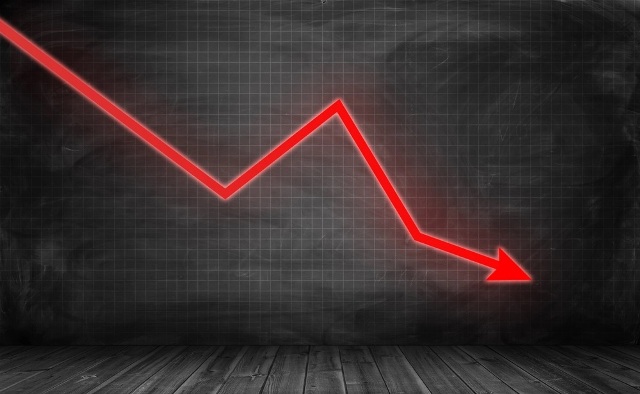Enamul Hafiz Latifee writes,
Public Health Scenario: The tally of COVID-19 positive cases has surged to 1,62,417 on 05 July 2020, while total death counts have mounted to 2052 and total 72625 have recovered.
As of 05 July 2020, 21:21 Bangladesh Time, 534,861 have died so far from the COVID-19 outbreak and there are 11,448,554 currently confirmed cases in 212 countries and territories, according to Worldometer, a reference website that provides counters and real-time statistics for diverse topics.
Macroeconomic situation:
Export Earnings: The World Trade Organisation (WTO) forecasted that global trade is likely to shrink by 13 to 20 percent in 2020. The country’s export earnings fell by 16.93 percent to $33.67 billion in the just-concluded fiscal year 2019-20. The drop was a result of the impact of coronavirus during last quarter. The country fetched $40.53 billion in fiscal year 2018-19.
In June 2020, export earnings stood at $2.71 billion, showing a 2.50 percent decline compared to the corresponding month of the previous fiscal year. The growth in export heavily depends on the improvement of COVID-19 situation across the export destinations.
Size of the Economy: The International Monetary Fund (IMF) forecasted that the global economy will shrink by 3 percent in 2020, while the World Bank made a forecast that the GDP growth in the South Asia region would merely be in the range of 1.8 to 2.8 percent.
Due to the fall in exports and lower than expected growth in remittances as a result of long and sustained worldwide lockdowns arising from the impact of COVID-19, the GDP growth rate of the current fiscal year of Bangladesh has been revised downward at 5.2 percent.
Socioeconomic condition: Bangladesh is one of the high-risk countries of the COVID-19 pandemic and its consequent losses. It is the world’s most densely populated and impoverished country. Although the country’s recent economic growth has been outstanding, in the fiscal year 2018–2019, 20.5 percent of the population lived under the national poverty line, and 10.5 percent are in extreme poverty, according to the latest government announcement.
There is a significant possibility that economic stagnation would push a large number of families back into poverty, a situation which Bangladesh has taken great pains to get out of during the past few decades. The export earning has the largest contribution to the GDP of Bangladesh, but fashion companies all over the world have already canceled or put on hold $3.15 billion-worth in orders from the country’s garment factories.
Simulations run by South Asian Network on Economic Modeling (SANEM) reveal that with a negative income shock of 25 percent, the overall poverty rate will be 40.9 percent. It means another 20.4 percent population may fall into poverty, sweeping away years of achievements in poverty alleviation.
